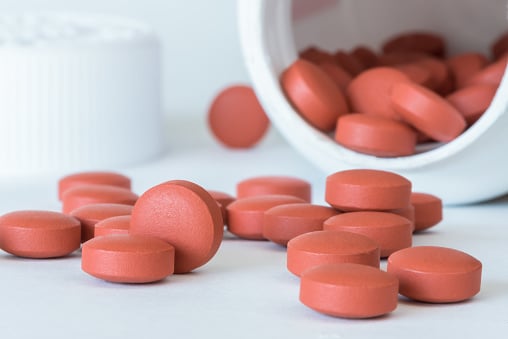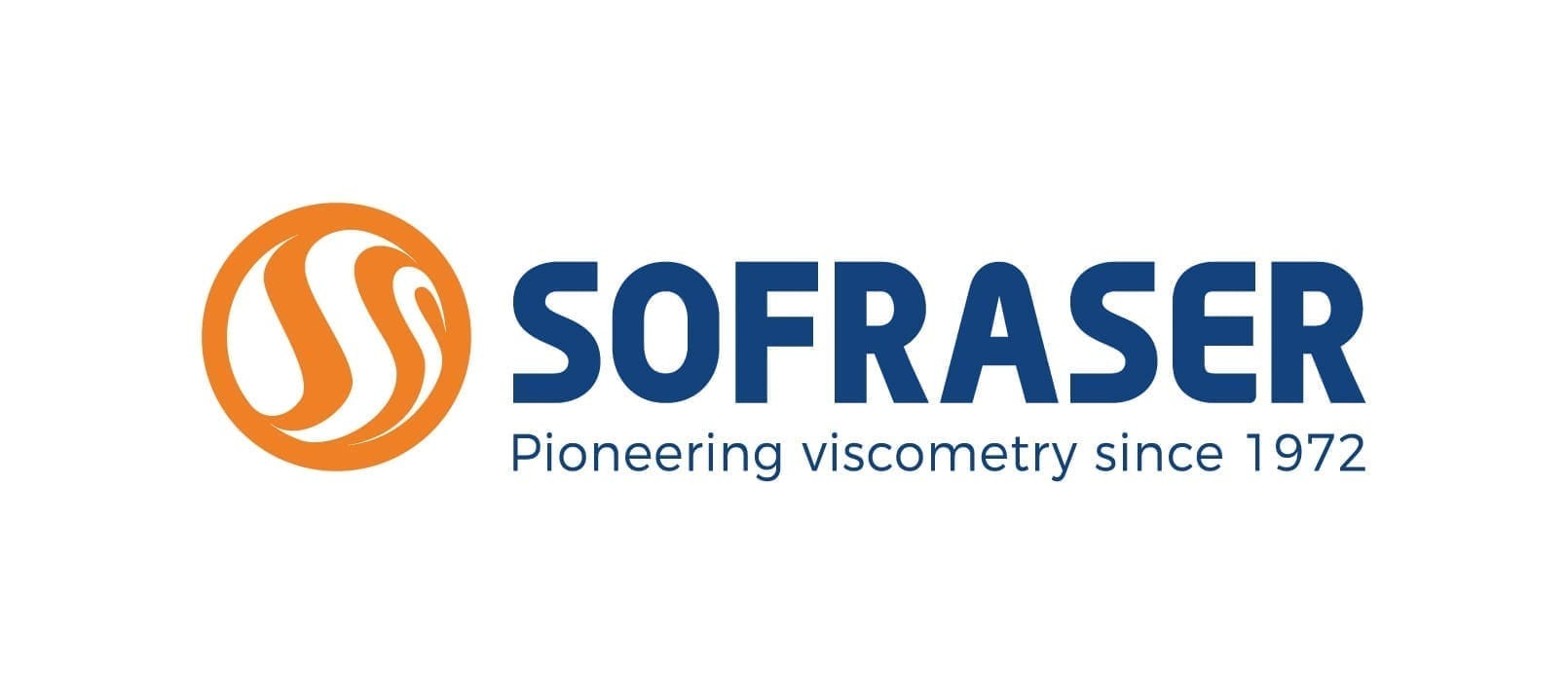Surveillance of enteric coating of pharmaceuticals and feeds

An enteric coating (delayed-release); is a barrier applied to oral medications that control where it is absorbed in the digestive tract. Most enteric coatings work by having a coated surface that is stable at a very acidic pH. Which is found in the stomach, but the enteric coating decomposes under non-acid conditions; found in the intestine and thus releases the drug.
The main applications of enteric coatings are pharmaceuticals in solid oral dosages and livestock feed.
The functionality of enteric coatings depends, essentially, on a change in the pH of the environment to which the soluble enteric product is exposed. Enteric polymers remain unionized (and thus insoluble) at low pH values; and begin to dissolve at pH values of about 5. 0 to 5. 5.
The choice of polymer and coating thickness are absolutely essential to control the pH solubility; profile of the enteric-coated dosage form. The quality of the film coating is absolutely essential and affects the shelf life and disintegration of enteric tablets.

Control of viscosity to optimize efficiency and quality in the coating process
It is therefore essential to maintain high quality standards in the pharmaceutical industry. Each coating formulation and film-forming polymer has its maximum viscosity limit characteristic. Regarding processability, that depends on batch size, coating equipment and process.In order to optimize efficiency and quality, it is imperative to maintain optimal viscosity throughout the coating process.
Since spraying, coating distribution and drying occur at the same time. Tablet coating is a dynamic and complex process that is affected by many variables. In order to optimize efficiency and quality, it is absolutely necessary to compensate for the loss of solvent by adding a small amount of solvent from time to time during the operation. To help maintain optimal viscosity for use through adjustments depending on conditions.
Since the early 1990s, the MIVI sensor has been integrated into multiple product developments in the biotechnology industry. Therefore allowing the filing of half a dozen patents in which the Sofraser viscometer serves as a reference for measuring enzymatic power.
The solution goes through Sofraser’s MIVI viscometer, using the vibrating type at resonant frequency principle invented and patented by Sofraser for almost 50 years. For this type of project, the size of the needle, the active part of the viscometer as well as its high sensitivity, offer an original and effective solution.
Thanks to its current and or serial outputs, Sofraser’s viscometers are easily implemented in automated solvent distribution systems.
Join us :




